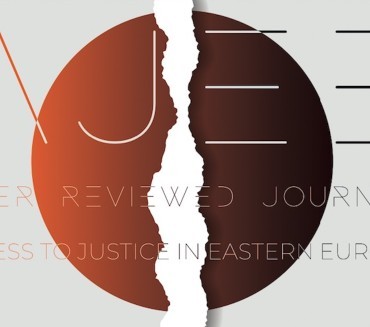1. Introduction. – 2. Research Methodology. – 3. The Development of the Nature of the Administrative Dispute from Protecting (Objective) Legality to Effective Protection of Human Rights. – 4. Judicial Powers and Mechanisms for Effective Judgment Implementation. – A. Trial Phase. – 1. Mechanisms at the Disposal of the Administrative Authority. – 2. Mechanisms at the Disposal of the Court. – B. Judgment Issuance Phase. – 1. Instructions to the Administrative Authority on How to Proceed after Annulment – ‘Didactic’ Function of the Judgment. – 2. Administrative Court Injunction Requiring the Administration to Act in a Particular Way to Implement an Administrative Court Decision. – 3. Res judicata as a Mechanism for Ensuring Compliance with an Administrative Court Decision. – 4 Power to Set the Temporal and Other Effects of the Judgment Annulling the Administrative Act. – C. Post-Judgment Phase. – 1. Communication between the Administrative Authority and the Administrative Courts after Annulment to Ensure the Correct Implementation of the Administrative Court Decision. – 2. Escalation of Sanctions in Case of Non-Execution of Administrative Court Decisions. – 5. Conclusion.
Background: Judicial control of administrative action has traditionally focused on the legality
of administrative acts with little regard for the consequences of the administrative dispute. This
was changed by the European Court of Human Rights (ECtHR) through its interpretation of
the right of access to court under Article 6 of the European Convention on Human Rights. The
ECtHR expanded this right to include the enforceability of administrative court judgments,
prompting a shift in the role of the administrative judiciary toward ensuring the effective
resolution of disputes. This has influenced reforms across European countries, many of which
have introduced mechanisms to support administrative courts in delivering more effective
judicial protection.
This article has two main objectives: first, to examine how administrative disputes have evolved
from merely assessing the legality of administrative acts to ensuring effective judicial protection
of individuals by expanding the right to a fair trial, and second, to analyse how this shift has
influenced national legal frameworks, with a focus on mechanisms that empower courts to
enforce their decisions and conclusively resolve disputes.
Methods: The historical method is employed to trace the development of judicial control in
administrative disputes and the influence of ECtHR case law. The logical method supports the
analysis of key judgments, demonstrating the evolving interpretation of the right to a fair trial.
The comparative method assesses how different European legal systems have adapted their
frameworks to strengthen the enforceability of administrative court decisions. The systemic
method ensures the internal coherence of findings, while the dogmatic method interprets
relevant legal norms. Finally, the axiological method is employed to critically evaluate reforms
and their alignment with core legal values.
Results and Conclusions: The enforceability of administrative court judgments gained
prominence with the ECtHR’s Hornsby case, which recognised that the right to a fair trial
includes the execution of judgments. This understanding has led to substantial reforms across
Europe to increase the effectiveness of administrative justice. While these reforms have
improved individual rights protection and dispute resolution, they must respect constitutional
principles, particularly the separation of powers and judicial impartiality.

